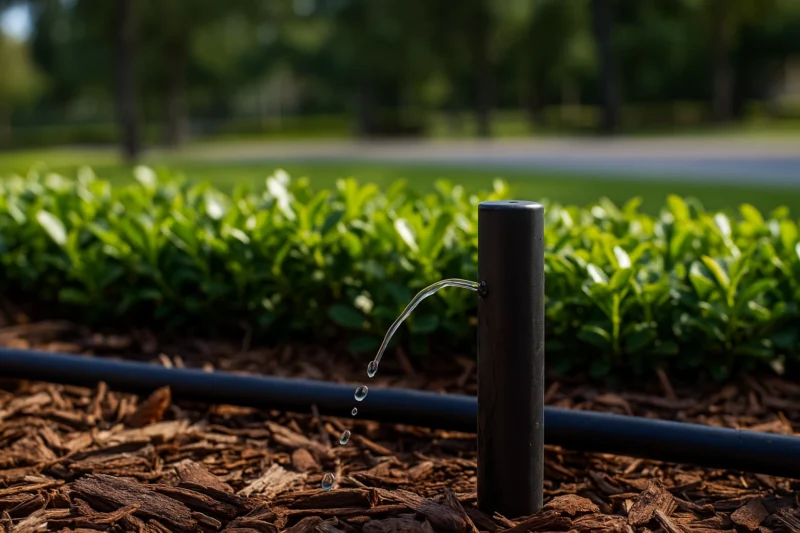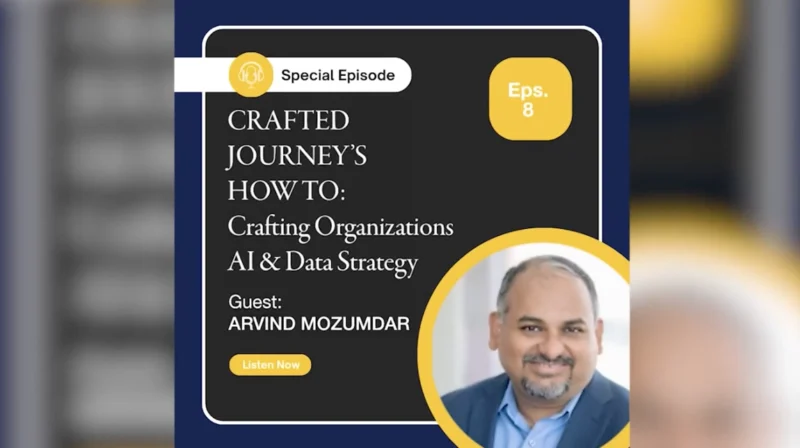Why Commercial Properties Are Treating Irrigation Like Critical Infrastructure

Why Commercial Properties Are Treating Irrigation Like Critical Infrastructure
Property managers used to call me about broken sprinkler heads. Now they’re asking about IoT sensors, flow analytics, and compliance documentation. The shift tells you everything about where water management is headed in commercial real estate.
I’ve engineered irrigation systems for 16 years—from designing pressurized fertigation networks that saved Venezuelan farms to implementing smart water infrastructure across South Florida’s commercial properties. What started as agricultural necessity has become urban imperative.
The Business Case Nobody Expected
Through Deep Green Landscapers, we’ve completed 45+ commercial irrigation projects since 2018. Our installations across 18 HOA properties consistently deliver 25-30% water reductions. More importantly, we’ve saved 15 million gallons annually across our portfolio—that’s quantifiable resource conservation that shows up in sustainability reports and NOI calculations.
At Liberty Gardens Park in North Miami, we didn’t just install irrigation. We implemented IoT-controlled systems with real-time flow monitoring and automated leak detection. The city now manages water resources through dashboards, not guesswork.
Sabal Pines Park needed Florida Water Star compliance. We delivered complete hydraulic redesign, CAD documentation, and the compliance paperwork that kept their development permits moving. That’s the difference between irrigation as landscaping and irrigation as infrastructure.
From Farm Innovation to Urban Application
In Venezuela, I founded ARP Agro Proyectos and installed 60+ pressurized irrigation systems. We achieved 40% sales growth the first year because our fertigation technology—precision nutrient delivery through irrigation lines—increased crop yields by 25%. When water is scarce and crops are survival, you innovate or fail.
That agricultural precision translates directly to commercial properties. The automated fertigation system I developed (provisional patent pending) uses soil sensors and weather data to optimize both water and nutrient delivery. High-value commercial landscapes using this technology see dramatic reductions in plant replacement costs.
As a certified arborist managing 300+ trees across public and private properties, I’ve seen what proper irrigation means for asset protection. A mature tree costs $5,000-$15,000 to replace. Get the water wrong, lose the tree. Get it right, protect the investment.
The Technical Reality
Most properties run irrigation like it’s 1985. Timer-based controllers watering on Tuesday and Friday regardless of rainfall. No flow monitoring. No pressure regulation. No data.
Modern infrastructure looks different. At ProScapes, where I worked as an irrigation technician, we achieved 20% water savings just by fixing pressure issues and implementing seasonal scheduling. At ACE Pump and Supply, I helped 50+ contractors understand that pump selection and hydraulic design determine system efficiency more than any smart controller.
The technical stack we’re implementing now includes:
- Pressure-regulated drip systems reducing water use by 30-50% versus spray
- Flow sensors that detect leaks within minutes, not billing cycles
- Weather-responsive controllers connected to NOAA feeds
- Automated compliance reporting for Florida Water Star and municipal requirements
- CAD-designed hydraulic networks optimized for each property’s specific needs
Why This Matters for B2B Decision Makers
Commercial property executives care about three things: operational efficiency, compliance risk, and asset value. Modern irrigation infrastructure addresses all three.
I’ve trained 100+ farmers on water efficiency. I’ve built two companies from scratch—achieving 40% revenue growth in year one with ARP Agro Proyectos. I’ve created 12 jobs through Deep Green Landscapers. The pattern is consistent: properties that invest in water infrastructure see returns across multiple metrics.
For developers: Including smart irrigation in initial construction adds 2-3% to landscape budgets but reduces operational costs by 25-30% indefinitely. Plus, Florida Water Star compliance accelerates permitting.
For asset managers: Real-time monitoring prevents the surprise $20,000 water bills. Automated compliance reporting eliminates violation risks. Healthy landscapes increase property values and tenant retention.
For municipalities: Every gallon saved is capacity preserved. The 15 million gallons our projects save annually equals water for 150 families. That’s infrastructure resilience without capital investment.
The National Implications
The EPA projects 40 states will face water shortages by 2030. Properties with efficient irrigation infrastructure will have competitive advantages—lower operating costs, better compliance scores, higher sustainability ratings.
My work aligns with critical U.S. priorities: water conservation, infrastructure modernization, and economic development through technical innovation. The 20% efficiency improvements we achieved at ProScapes, the 15% sales growth I drove at ACE Pump—these demonstrate scalable solutions for national water challenges.
Moving Forward
Smart irrigation isn’t coming—it’s here. Properties implementing these systems now capture immediate savings and position themselves for tightening regulations. Those waiting will face higher retrofit costs and compliance scrambles.
The technology exists. The ROI is proven. The only variable is timing.
Carlos Gil is a systems engineer and certified arborist who founded Deep Green Landscapers LLC in Weston, Florida. Over 16 years, he’s designed and installed irrigation infrastructure from Venezuelan agricultural operations to South Florida municipalities, saving 15 million gallons annually. His innovations include a provisional patent for automated fertigation systems and documented 25-30% water reductions across 45+ commercial projects. Gil holds certifications as a Commercial Fertilizer Applicator, Certified Commercial Landscaper, and ISA Certified Arborist.








